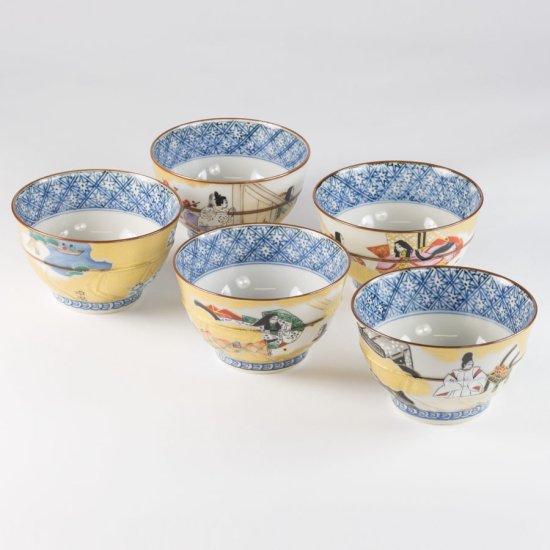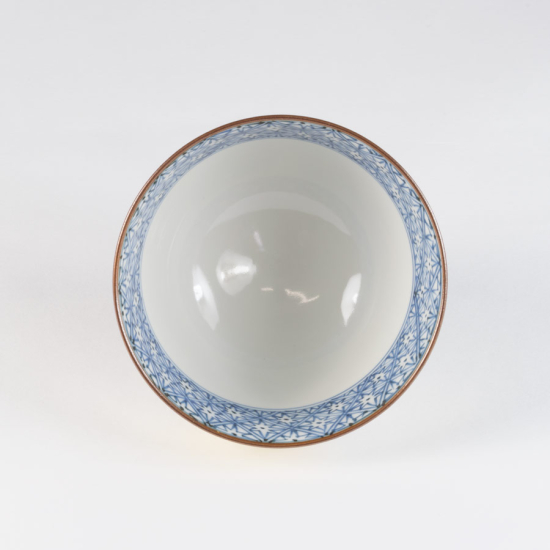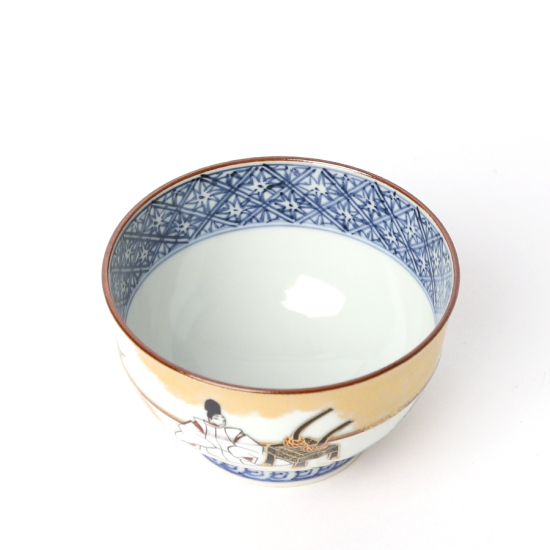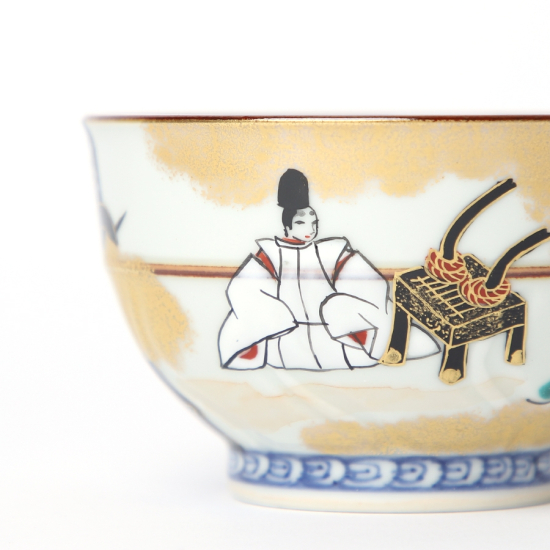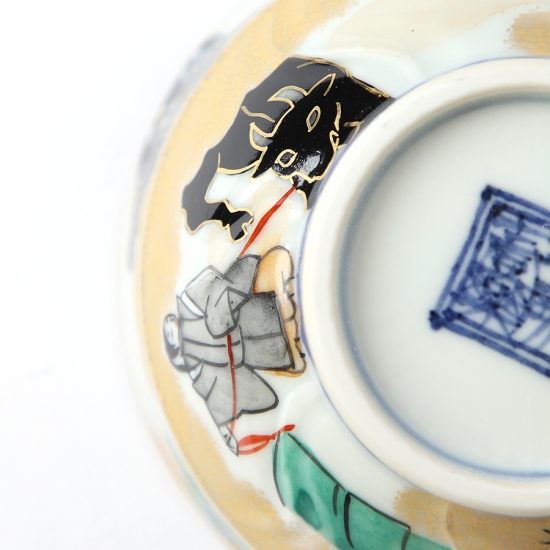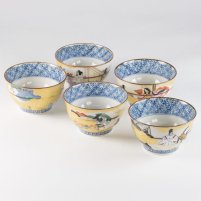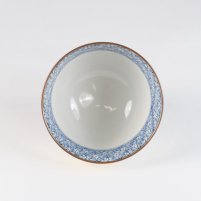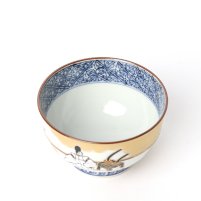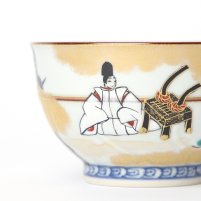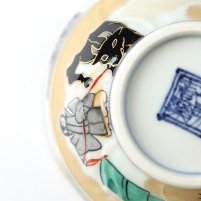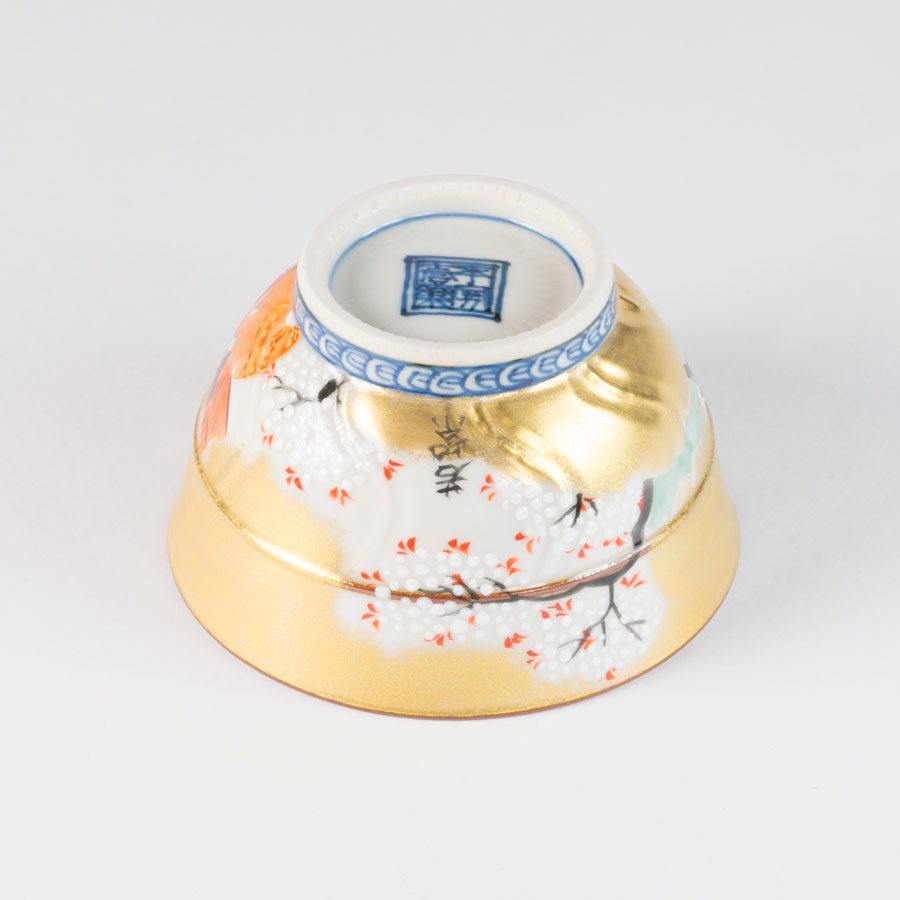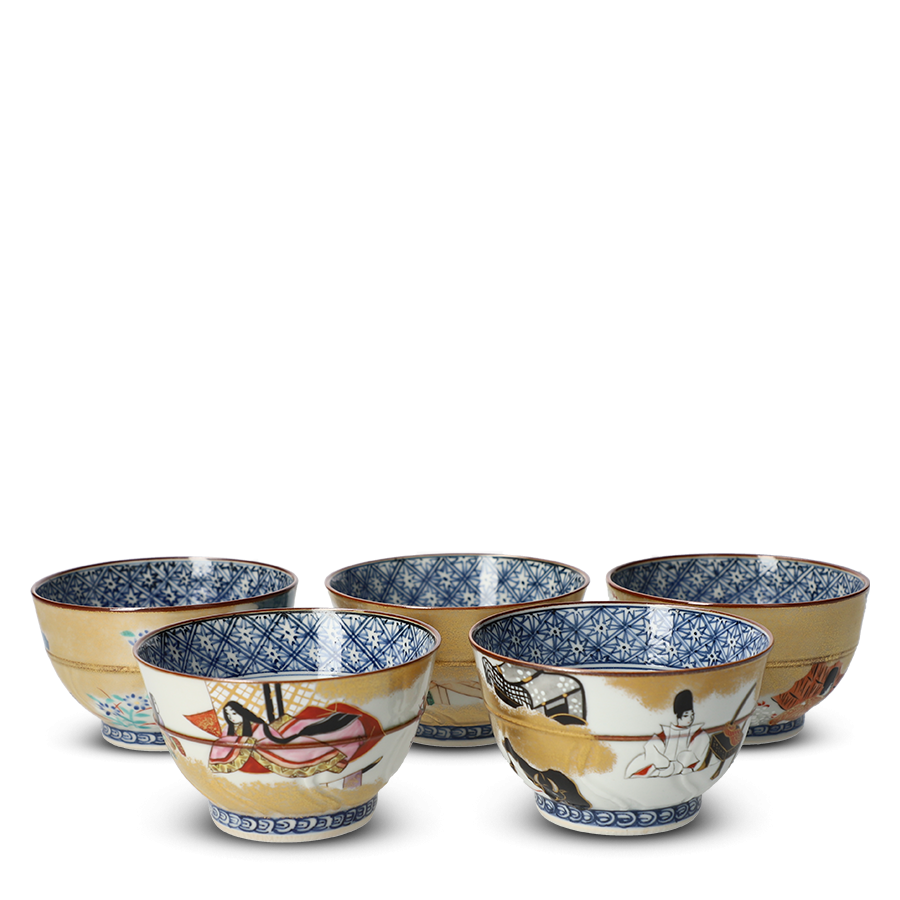Hand wash with warm water and a soft cloth or sponge – avoiding excessive rubbing. Use a mild washing-up liquid as necessary. After draining, pat dry with a towel or leave to dry naturally. Do not put in dishwasher, dryer or microwave as this may damage the glaze.
Teacup Set of 5
Genji Monogatari
Ichiraku
SKU
1613
Yoshi En has recently grown out of Sunday Natural to become an independent premium tea store. As part of this transition, some products may still be shipped in Sunday Natural packaging.
A stunning set of five porcelain Kumidashi teacups decorated with scenes from the foremost work of Japanese literature: Genji Monogatari (源氏物語). Handmade at the Ichiraku Kiln in Kyoto, renowned for their exemplary Kiyomizu-yaki ceramics. Comes protected in a traditional Japanese wooden box, perfect for Senchadō ceremonies or as a gift.
| Product | 5-piece Teacup Set |
| Ceramic Style | Kyo-/Kiyomizu-yaki |
| Origin | Kyoto, Japan |
| Studio | Ichiraku-gama 壹楽窯 |
| Volume | 150ml |
| Dimensions | Ø8.5cm x 6cm |
| Material | Porcelain |
| Decoration | Handpainted illustrations, gold |
| Artist's mark | Signature on base |
| Packaging | Wooden box (Kiribako) |
Each item is handmade and unique, therefore sizing is approximate and paintings may differ slightly from the product photos
In stock



